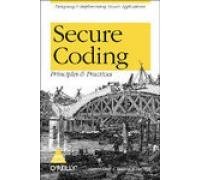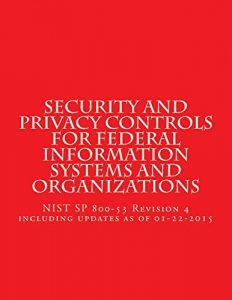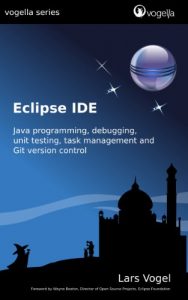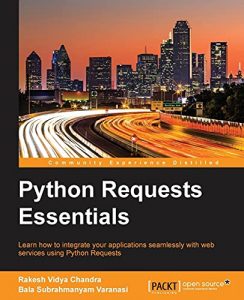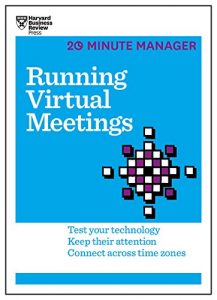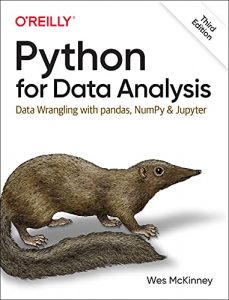Introduction
In today’s digital landscape, the importance of secure coding practices cannot be overstated. With cyber threats evolving at an alarming rate, software developers must equip themselves with the knowledge to write secure code that can withstand attacks. This blog post highlights some of the best books available, focusing on secure coding methodologies, practices, and frameworks that can fortify applications against potential vulnerabilities.
Whether you are a seasoned developer, a security professional, or someone just starting in coding, these essential reads not only enhance your understanding of application security but also empower you to protect your software from malicious threats effectively. Let’s dive into a selection of books that promise to elevate your coding practices!
1. Secure Coding: Principles and Practices
“Secure Coding: Principles and Practices” by O’Reilly Media is a cornerstone for anyone serious about writing secure software. This book dives deeply into the essential tenets of secure coding principles and serves as a comprehensive guide to avoiding the pitfalls that lead to software vulnerabilities. It offers practical advice that every developer can apply, making it easy to incorporate secure coding practices into daily workflows.
With its approachable writing style and extensive examples, this book demystifies complex security concepts, ensuring a clear understanding for readers at all levels of expertise. Whether you are building web applications or intricate systems, the insights provided here will prepare you to meet today’s security challenges head-on. Don’t miss the opportunity to add this valuable resource to your library!

2. Secure Coding Practices: Fortifying Applications Against Cyber Threats
Next on our list is “Secure Coding Practices: Fortifying Applications Against Cyber Threats” by Telephasic Workshop. This book addresses the increasing need for resilience in application development by providing techniques to guard against cyber threats effectively. It goes beyond mere theory and gives readers actionable strategies to enhance the security of their coding practices.
Each chapter is filled with detailed explanations of potential threats, along with practical solutions and best practices. The focus on real-world applications makes this book a must-have for developers looking to strengthen their security skills and contribute to safer software development processes.

3. Implementing DevSecOps Practices: Understand Application Security Testing and Secure Coding by Integrating SAST and DAST
“Implementing DevSecOps Practices” from Packt Publishing is pivotal for those wanting to understand how to weave security into the DevOps process. This resource explains the integration of Static Application Security Testing (SAST) and Dynamic Application Security Testing (DAST), crucial for identifying vulnerabilities at all stages of the development lifecycle.
Readers will gain insights into establishing a culture of security and learn the importance of continuous security assessments. The hands-on approach ensures that practitioners can directly apply the lessons learned while implementing secure coding practices in their work environments.

Conclusion
Continuing education in secure coding is paramount for professionals keen on safeguarding their applications. The books mentioned above are more than mere references; they are essential companions for anyone aiming to build secure software in a landscape fraught with escalating cyber threats. Whether honing your coding practices or exploring new methodologies, these titles will provide invaluable insights.

